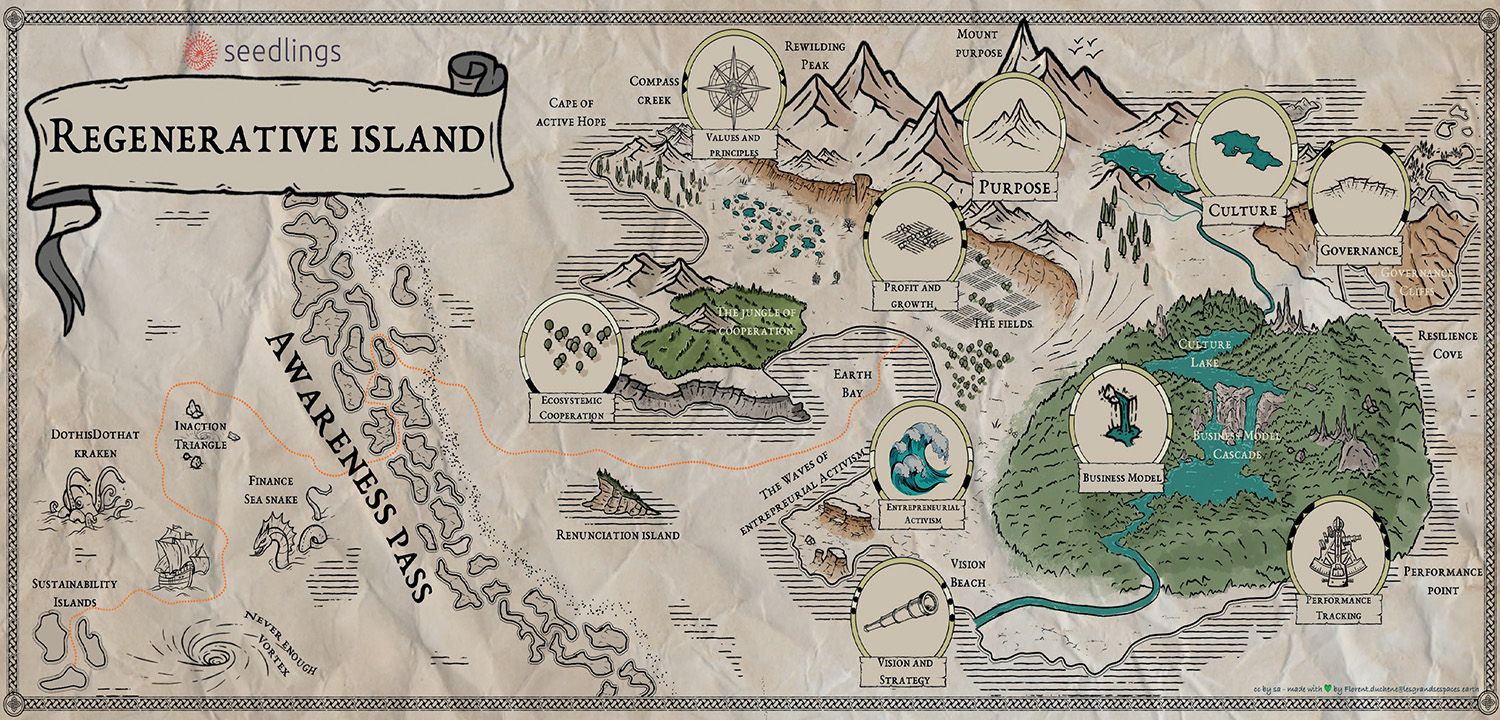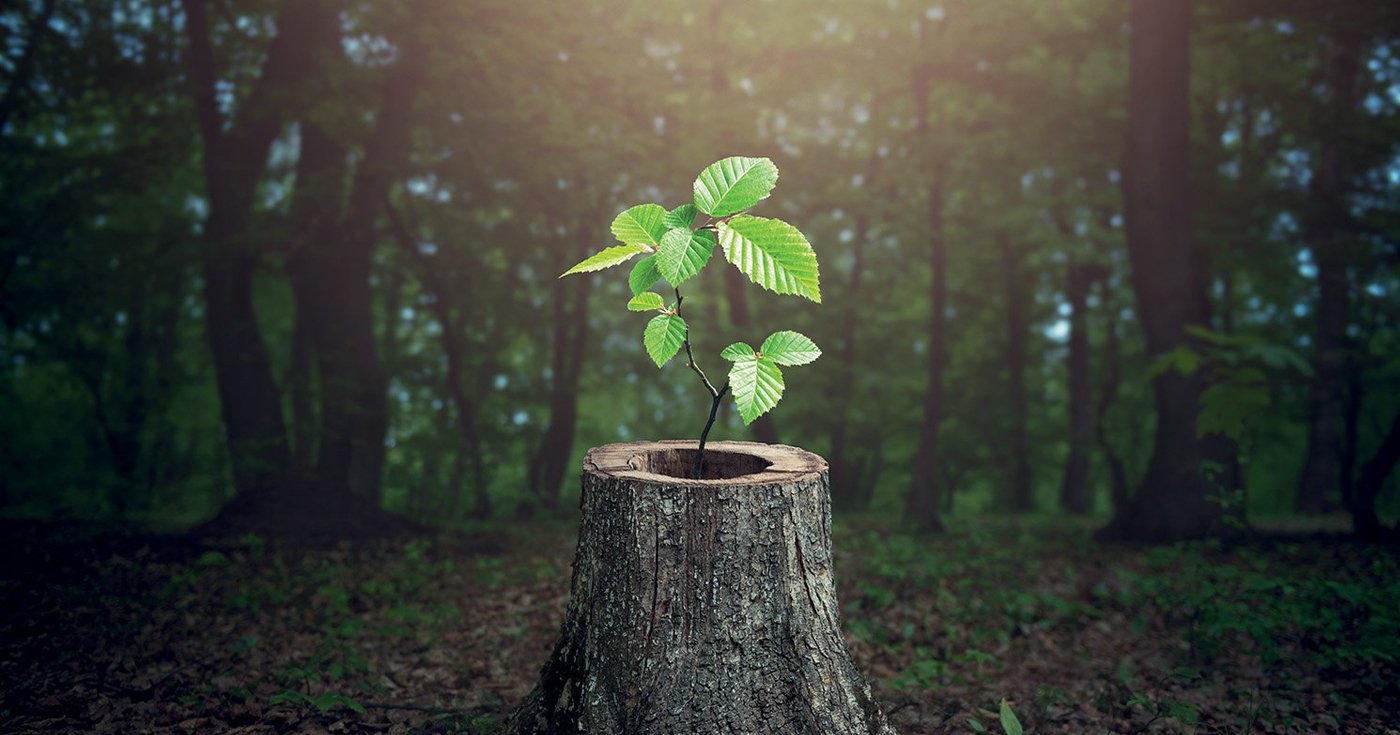Abstract:
Ecological transformation will require a fundamental shift in the purpose of business and the global economy as a whole. This change will not only require new ideas, but a new type of leader. This article presents frameworks created by Seedlings – a pioneering initiative combining coaching, consulting, and expertise to guide the shift towards a regenerative economy – that can help leaders to understand the role of businesses in supporting regenerative transformation, and develop the mindsets and skillsets required to drive that change. These regenerative leadership qualities are vital if we are to succeed in innovating new models for business safeguard prosperity for people and planet.
Introduction
Businesses have a major role to play and a unique ability to lead the ecological transformation. They are able to influence, empower and align actors up and down value chains, within communities, across geographies, cultures, and socio-economic groups. It’s a hugely exciting prospect, but not an easy one.
The regenerative transformation – how my organization, Seedlings, would characterize ecological transformation – is a radical shift for the business world, from being reactive and doing less harm (traditionally the responsibility of sustainability leaders) to being proactive and thriving while solving our world’s biggest problems (the responsibility of all business leaders). This require multiple innovations that fundamentally redefine what it is to be a company and a profit-making enterprise.
This change will not only require new ideas, but a new type of leader. The magnitude of the transformation requires change agents who are well-equipped to steer their businesses into a new paradigm. These leaders are those who are brave enough to lead beyond the status quo, to truly align their values and actions, and to make an impact in the world.
Imagining a map of radical business transformation
Embracing a world where 9+ billion people can live well and where ecosystems thrive can only be achieved through urgent and significant transformations of our businesses and wider economy.
Regenerative transformation is very much a journey to new territories. In Seedling’s illustration, we mapped out the Regenerative Island with 10 different ecosystems: meadows, rivers, cascades, peaks and coves, each representing a regenerative business characteristic. Organizations that are leading the transformation have brought about radical change across all of these strategic aspects. These metaphorical ecosystems are in fact the 10 fundamentals of a business; each needs to be thought through with a regenerative lens in mind.

Most of the discussion about regenerative business today focuses on transformation of the Business Model. And for a reason. It’s indeed the key topic, and a very difficult one. Most current business models are based on volume and growth, and have detrimental social and environmental impacts – decoupling growth and impact has been an utopia long enough and it’s now time to shift. Organizations must rethink their value proposition from its conception through to its distribution, delivery, and monetization. This is a radical change in the conception and production of products & services.
The regenerative business model builds upon and goes beyond existing concepts such as circular economy, sharing economy, eco-design, eco-efficiency, green chemistry, net-zero, etc. These approaches are intrinsic to “do no harm” models that seeks to minimize impacts, and to the “restorative” business model – the “do good” model, also called “Net Positive”, but a regenerative model goes further1. Fundamentally, the “regenerative” business model works with and within the cycles of the living world2. It operates “within the doughnut” (meeting the needs of all people within the means of the living planet3) and seeks harmony with life, protecting Earth’s life-supporting systems. Beyond the ecological aspects of regeneration, it also embraces social regeneration; enhancing social justice, diversity, participation and collaboration.

